Join Us For A Week Of Making And Building!
Let’s go to (virtual) camp! Science Friday is hosting a week of free DIY maker challenges for kids, families, and caregivers on July 24 – 31. Anyone can participate!
Day 1: Roller Coaster Challenge Day 2: Sneeze Challenge
Day 3: Game Design Challenge Day 4: Cardboard Challenge
Day 5: DIY Paint Challenge Day 6: Plastic Bag Challenge
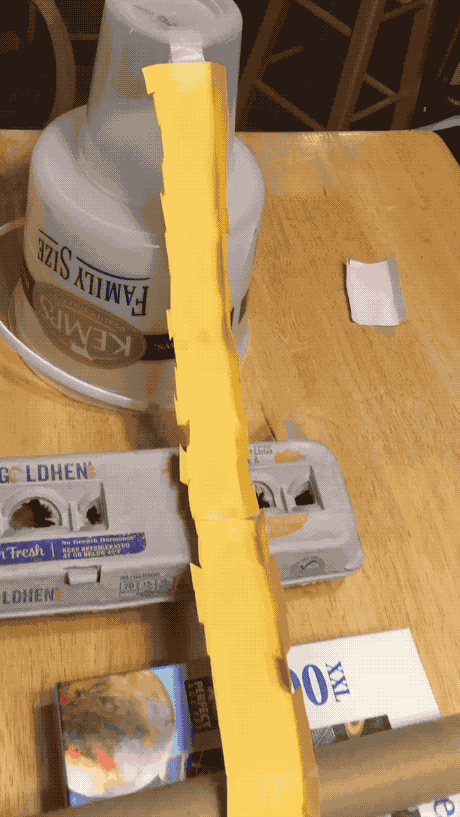
We’re thrilled to showcase some of the many excellent submissions we received this week as part of our Week Of Building And Making which took place July 27-31, 2020. You didn’t hold back– we saw countless roller coasters, sneeze simulations, even a guinea pig castle–you didn’t hold back. Here’s to a summer full of even more fun and making!
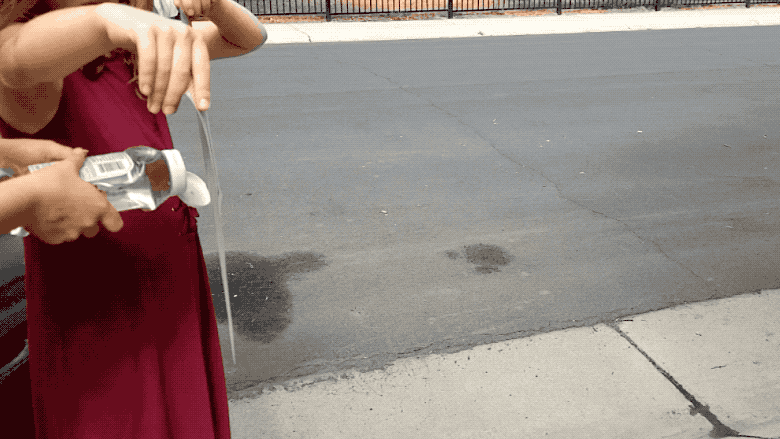
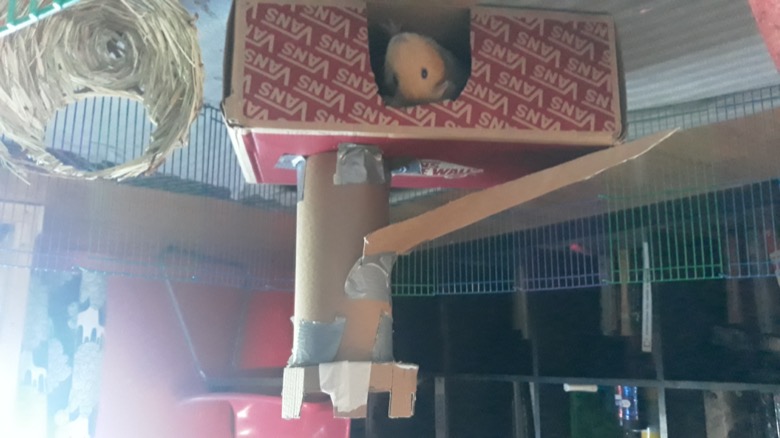
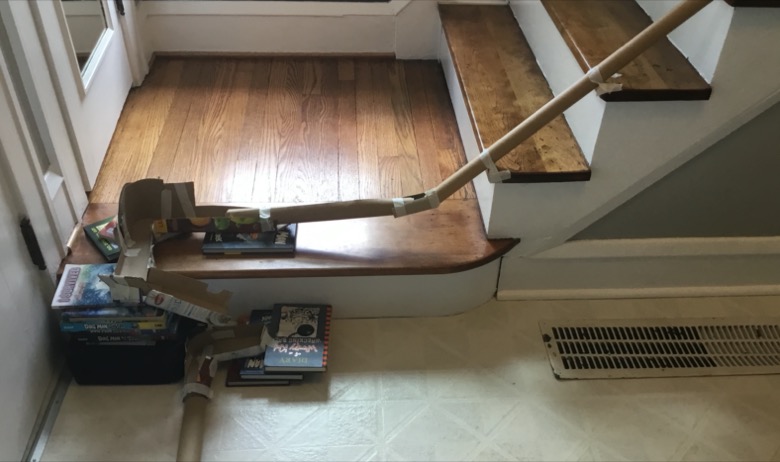
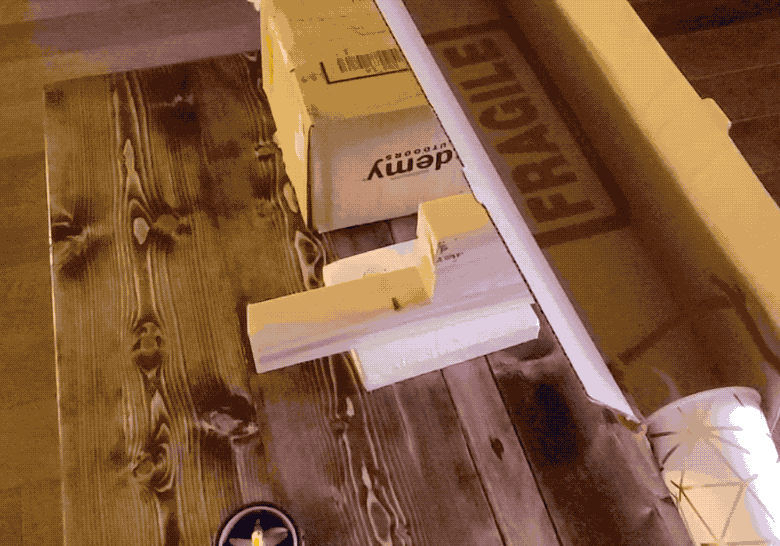
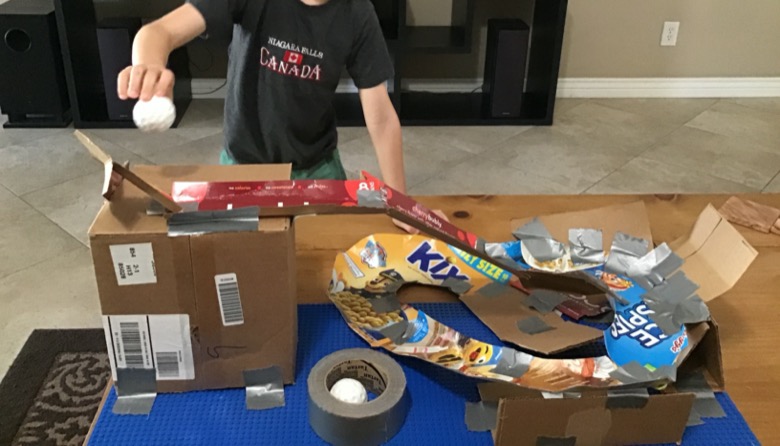
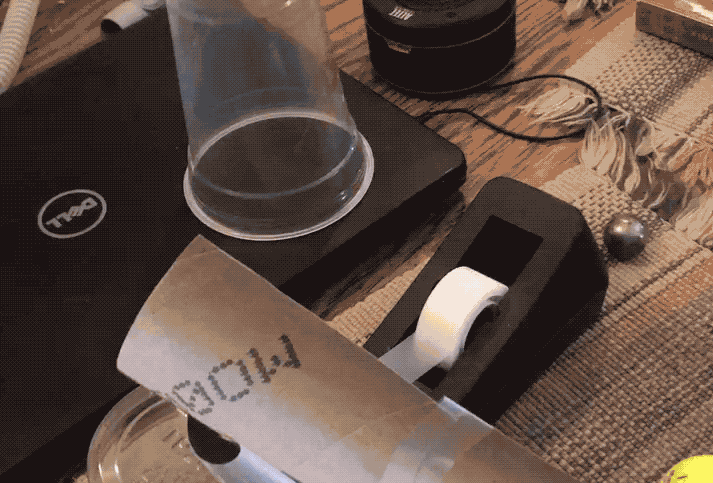
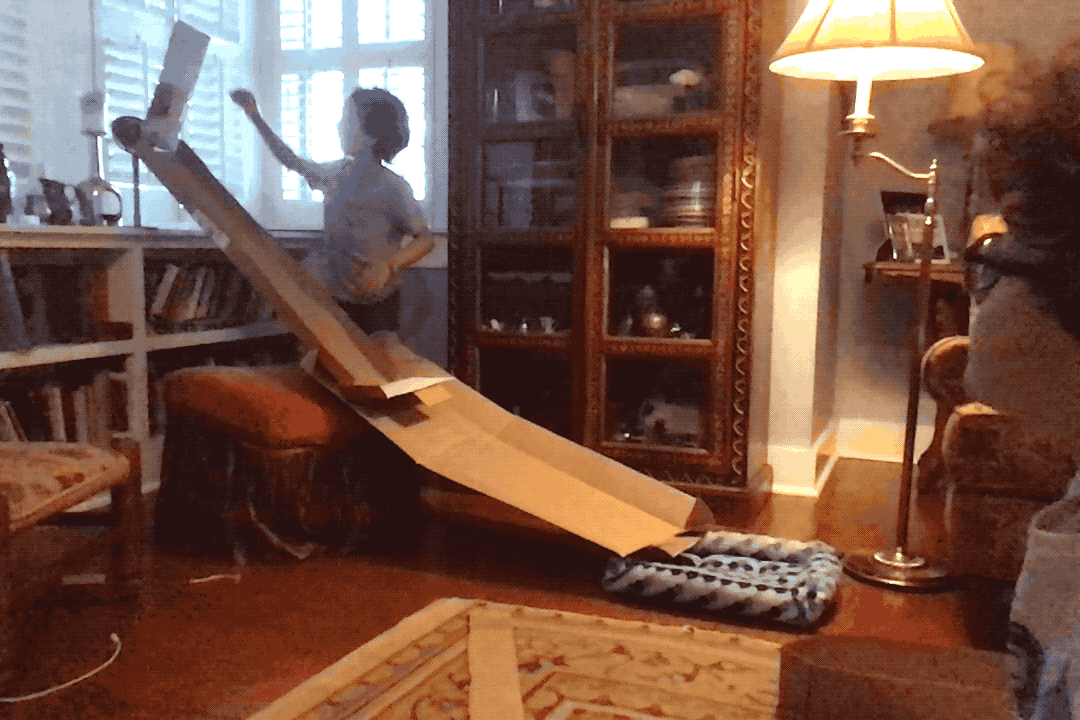
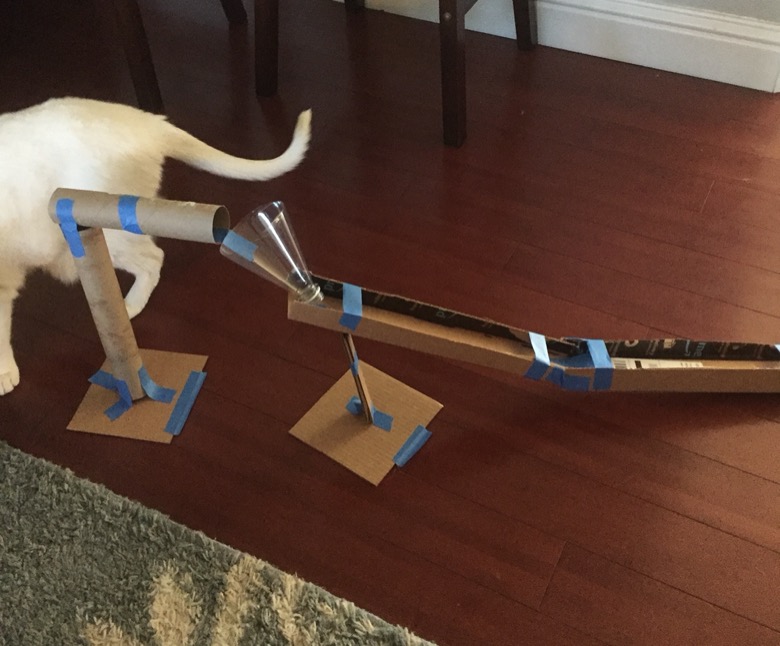
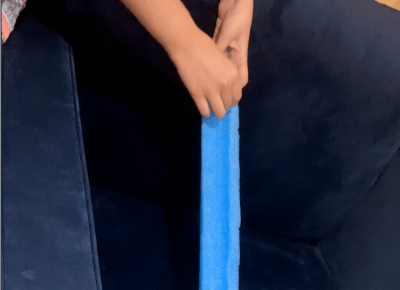
Who is this for?
All kids in the United States and their supportive co-conspirator caregivers who can help them build, make, and submit their creations safely. Adults, fear not–we’ll have guides, short videos, STEM connections, and tips for helping young people feel successful and self-directed with each challenge. Please read our Projects Policy before participating.
How much does it cost? What do I win?
It’s totally free, but it’s up to you to find, reuse, scavenge, recycle, and repurpose materials (with permission) to complete challenges. This is one of those non-competitive events where everyone wins, because inventing and creating things is rad and challenging, and sharing what you’ve created inspires others to try it too!
What sorts of challenges are these?
All of the challenges are open-ended invitations to build devices that solve problems, make art from novel materials, design games for other people, and more. There are no right or wrong ways to be successful. Most challenges can be completed with stuff you’d find in your recycling bin, and might be easier if you’ve got tape or scissors lying around. We want to keep it a bit of a surprise, so we won’t give too much away up front. New challenges posted each day July 24-31!
There are four ways to get the daily challenges:
Why are you doing this?
We’re in the dog days of summer, and we figured everyone needed something to do to stay inspired and creative. We also know that this summer has been different and strange for many kids and caregivers, and like you, we want to figure out how to make the most of it so that our kids keep learning and practicing STEM skills, playing, and relating to those around them in spite of everything that’s going on.
We’ve partnered with CoBuildAtHome, a collective of educators and researchers working to help youth and their caregivers to spend quality time together building and creating. Science Friday and CoBuildAtHome created this week of building and making to research how kids and families interact with these activities as part of an initiative funded by the National Science Foundation and Infosys Foundation. Participants in these challenges, the virtual camp, the newsletter, or text messages, will always have the option to complete challenges without participating in research and/or being included in our online Challenge Gallery of Excellence.
CoBuild Camp was designed for children entering 1st – 6th grades, though older and younger children can participate, and multiple kids per household can join at the same time. All activities were designed to be completed with free or low-cost materials, supplies, and tools found commonly in homes, around communities and neighborhoods, or readily accessible at local stores or online.
One of the reasons we decided to create a camp is to research how kids and families interact with these activities. To help us, we asked families to submit pictures and/or videos of the activities that they complete each day—also so that we could all celebrate the amazing ways campers completed the activities and challenges. While we may use the images and videos in our research, we will NOT use images or names to sell any products or services.
Ariel Zych is Science Friday’s director of audience. She is a former teacher and scientist who spends her free time making food, watching arthropods, and being outside.